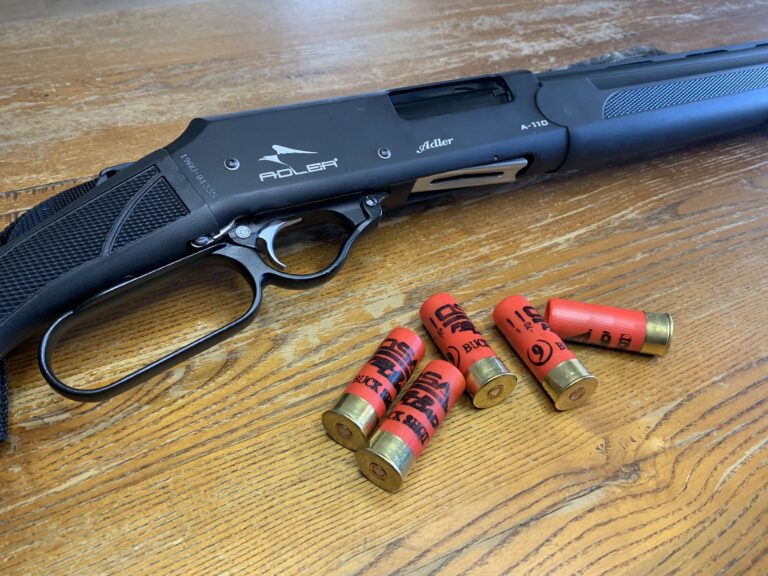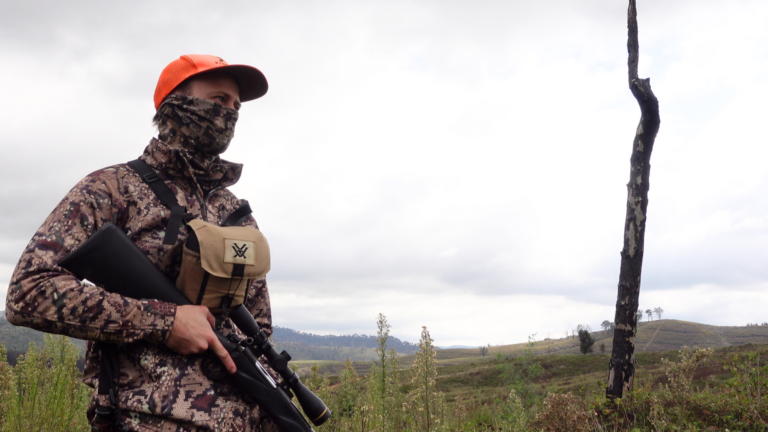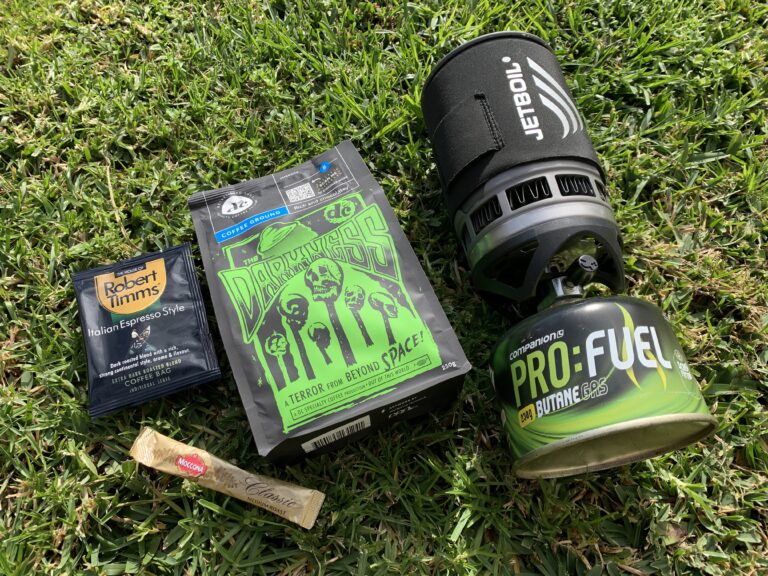During the latter part of 2021, I was pursuing further amendments to the NSW bow fishing legislation. Then all of a sudden, the updates stopped rolling in. So, what happened during this time? More importantly, what progress have I made towards the goal of achieving more fair and reasonable access for the bow fishing community? The answers to these questions can be found below…
Background
On the 3rd of September 2021, new legislation was introduced to modify the classification and rules that had applied to recreational bow fishing in NSW. It was no longer listed as a sub-category of spearfishing, instead, it was now considered a standalone activity. As part of this revision, freshwater access has now been granted to participants. While this was a step in the right direction – notably, to assist in the control of the invasive carp population, not all of these changes were positive. Tidal water access was unjustly removed, distancing rules (exclusion zones) were added under the guise of ‘public safety’, and other more questionable restrictions were imposed upon us.
Where did these new restrictions come from?
In all likelihood, these restrictions would have originated from two primary sources:
- Current legislation – the Game and Feral Animal Control Act 2002 and Fisheries Management Act 1994. The legislation applies to archery (in the context of hunting) and fishing. These documents would have been reviewed prior to developing a new set of rules and regulations. Unfortunately for us, it seems as though they’ve opted to combine the most stringent rules that apply to each activity – in order to achieve some form of conservative ‘middle ground’, and;
- Community consultation – the process of gathering community feedback on legislation, prior to amendments being made. Due to low levels of community participation in bowfishing, and the general disapproval from recreational fishers and ‘animal justice’ warriors, it’s likely that an overwhelming number of submissions requested further restrictions (or complete removal) to be placed on bowfishing in NSW. This might explain why the NSW Agricultural Minister – in conjunction with other state departments, decided to apply heavy restrictions to this activity, as mentioned above.
Notes: This is the prime example of why it is important for people to lodge a submission in defence of their chosen recreational activities. As the saying goes – ‘Complacency kills’. Once our rights have been removed, they very rarely (if ever) are given back…
My response
In response to the new legislation, I prepared a written submission on behalf of OZ Fish and Game. The aim of this document was to address my legislative concerns with the NSW Agricultural Minister. If I could offer a convincing enough argument, hopefully, he would overturn many of these newer restrictions. To improve my chance of success, I first reached out to the NSW DPI Fisheries Unit. A request was made for background information into this matter, and feedback on my current draft document.
NSW DPI Fishing Unit response
A few weeks later, I received written feedback (and a follow-up phone call) from the Fisheries Officer who was overseeing the implementation of the new bow fishing rules. His recommendations (which I have paraphrased), were as follows:
- Modify talking points to be less abrasive. This was solid advice. My submission was a first attempt at direct communication with a state Minister, and it was as subtle as a thump from a sledgehammer.
- Ensure the submission contains actionable solutions. Again, good point. Complaints – however justified, do not resolve problems.
- Allow a 6-12 month trial of the current rules. I was told this would serve as proof that bow fishing was a safe activity under the new rules and access conditions. While I disagreed with this point – citing our history of zero public incidents, I respected the advice given and decided to follow it.
- Following this trial period, lodge a request with the NSW Agricultural Minister to have this legislation reviewed.
I now had a 6 month waiting period – minimum, to ensure the public had an adequate length of time to ‘trial’ these new rules. While I waited, my submission was improved, and I decided to pursue other strategies to support my case – A video submission.
The video submission
The original concept was to address user safety and common misconceptions about bow fishing. In addition to this, I would conduct a series of tests to determine if the new distancing rules were reasonable or overkill. Talking points were written up, a lower poundage bow was borrowed (thanks Dan!), and filming was completed.
Unfortunately, I had a few technical issues on the day, and the resulting footage did not have any sound. This made producing a worthwhile video difficult, to say the least. After a few weeks of scratching my head and getting nowhere, I stumbled across a solution to my equipment issues…
Application for funding – Recreational Fishing Trust Grant
I applied for a NSW DPI Recreational Fishing Trust grant to cover the cost of producing some new video content. With these funds, I could purchase better equipment and extend upon my original idea. Instead of a single video – aimed at providing information to the NSW Agriculture Minister, I could create a series of videos, which would provide much-needed educational materials to newcomers to the sport. My application was lodged on the 1st of December 2021. After months of waiting, I was finally notified of the outcome on the 1st of June 2022. I was not successful in gaining this funding…
The letter to the NSW Agriculture Minister
While awaiting a response to the grant funding application, my intended 6-month allowance for a ‘trial’ period had completely blown out. It was now 10 months later. Assistance was provided to other interested parties throughout this time, however, no updates were ever provided on their submissions. I can only assume that attempts were not made, or they were unsuccessful.
On a positive note, a new Agricultural Minister has since been appointed to this role. This has created an opportunity for us to address our concerns with a new unbiased representative from the state Government. The submission was finally lodged on 22/07/2022. A copy of this document can be read below:
C/o The Hon. Dugald Saunders, MP.
Dear Minister
I am writing to you in response to the Fisheries Management (General) Amendment (Bow fishing) Regulation 2021 (2021-505) LW 3 September 2021.
While I support the approval of bow fishing access for inland waterways, I hold objections to the newer – more excessive rules, which were imposed upon this activity. I believe that many of these restrictions were introduced in an attempt to combine the legislation that governs state forest hunting and spearfishing – in order to achieve some form of middle ground. Unfortunately, this approach has failed to take into account that bow fishing is not derivative of either activity.
This new amendment has been in place for over 10 months – without incident. I believe it’s now time to revisit this legislation to address the shortfalls that have surfaced.
Below is a list of amendments that I would like you to consider when reviewing this legislation. I am confident these changes will continue to uphold community safety while providing participants with more fair and reasonable access to fishing opportunities. As our country is still in the early stage of economic recovery as a result of the COVID-19 pandemic, facilitating these improvements to recreational fishing access can only be of benefit to our regional communities – both coastal and inland, through increased tourist visitation and spending.
The elimination of bow fishing in tidal waters
Following the legislative amendments in September 2021, I was informed by the NSW DPI Fisheries Unit that tidal water access had been removed due to the lack of a ‘thorough assessment’ of these activities – similar to the assessment conducted for freshwater access, prior to its 2021 approval. While I support research being conducted, the lack of research data – without any historical issues relating to safety or compliance, should not have caused our fishing access to be revoked. As such, I think the only reasonable outcome would be to have our tidal access reinstated immediately.
If an assessment is still determined to be necessary after reinstatement, it would be appropriate to collect and review all relevant data before implementing any subsequent restriction on recreational bow fishing access.
Fisheries Management (General) Amendment (Bowfishing) Regulation 2021
under the Fisheries Management Act 1994
Schedule 1. Amendment of Fisheries Management (General) Regulation 2019.
[2] Clause 52(3) – (5)
(4) A person may take carp from inland waters using bow fishing equipment if the person takes the carp—
(a) during the period commencing 30 minutes before sunrise and ending 30 minutes before sunset, and
(b) without the aid of lights, and
Bowfishing is popular on a worldwide basis, with a large majority of participants residing in the United States of America. As a conservative estimate, I would suggest that 70% of American bow fishing occurs at night with the use of artificial lighting. This is due to the improved water clarity, more pleasant environmental temperatures, and a barometric pressure which promotes movement and feeding in the European carp species. The use of diffusers, coloured lens filters, and optimised lighting equipment can further multiply this advantage – allowing the participant to move in closer proximity to the fish, which aids in species identification and shot placement. The primary concern held by the NSW DPI was the potential to misidentify fish species in the dark. However, as carp are easily identifiable even in the murkiest of waters – due to their colour, shape, large scales, and behavioural patterns – this cause for this concern is completely unfounded.
A second concern was held in regard to the safety of compliance officers when approaching people who are bow fishing at night. Instead of maintaining the current restrictions, an amicable solution would be the introduction of a safe work procedure to reduce the risk of harm. A simple strobe (or flash) of a torch light, used in conjunction with verbal cues is all that’s required to safely enter a bowfisher’s safety exclusion zone. Implementing this approach would render the situation no more dangerous than interacting with participants during daylight hours.
On the basis of the above points, I believe these restrictions should be completely removed from the legislation. This would further improve recreational fishing access while increasing our ability to control the feral carp population.
(c) at least 100 metres from another person, other than persons in the company of the person taking carp, and
(d) at least 100 metres from a boat ramp, dwelling, camping ground, picnic area, or another vessel, and
These distance restrictions are not only prohibitive to fair and reasonable fishing access, I believe they are excessive from a safety and risk management perspective. Prior to the September 2021 amendment, the legislation that applied to bow fishing did not have any similar restrictions in place. While this was partially due to the misclassification of bowfishing as a form of spearfishing, I believe that it was also due to the historical lack of incidents or injuries having occurred. This is because bow fishing is a fundamentally safe activity.
Bowfishing utilises low-poundage bows, which shoot a heavy and ‘flightless’ arrow that is tethered to the bow. Due to the arrow’s composition, it sinks upon contact with water, as opposed to acting in a skimming motion across the water surface. This prevents the arrow from travelling across a waterway to potentially impact a person, animal, or structure.
In order to evaluate the current safety exclusion zones, I recently conducted a series of tests to determine the maximum length at which an arrow would retract, once the maximum line threshold has been reached (elasticity). This would allow me to perform a comparison between the current safety exclusion zone (100m) and my findings, to determine if a reduced distance could be safely implemented.
Technical notes:
The average fishing line length for bow fishing is between 20 – 30m.
The maximum recommended draw weight (or ‘poundage’) is 45 lbs (20kg).
All arrows are shot on a downward trajectory toward the water – with a maximum effective range of around 20m. Longer shots are rarely ever taken, as the reflection of light on the surface of the water will generally render the fish invisible.
The test:
For this series of tests, I used a 42lb compound bow, with 20m of line. This choice was made in order to produce the highest elasticity – or the most extreme result.
Test 1. An arrow released on a 90-degree (horizontal) trajectory, only retracted a maximum of 0.7m, once it hit the maximum threshold of the line.
Test 2. An arrow released on a 135-degree (upwards) trajectory – i.e. the absolute worst angle imaginable, only retracted a maximum of 3.05m, once it hit the maximum threshold of the line.
Test 3. A simulated breakage. The line was partially cut, and a shot was taken on a 90-degree (horizontal) trajectory. The line broke as expected, and the arrow continued a further 8m before landing. This brings the total flight distance to 28m.
As a result of these findings, I believe that a 50m exclusion zone would be more appropriate. This is almost double the distance that an arrow will travel in the event of a line breakage. When assessing this information, I would urge you to consider the fact that archery equipment should never be pointed toward the sky, and any incident arising from such usage would have resulted from an individual’s wilful attempt to cause harm. Distance restrictions should not be legislated to account for hypothetical situations such as this, as criminals do not abide by laws or restrictions.
A 50m drop in the exclusion zone may seem inconsequential, however, the current standing 100m rule eliminates the majority of the prime fishing opportunities around Sydney and the Hunter Valley region.
(e) at least 500 metres from a caravan park.
This component of the legislation came about as a result of a deal made between the NSW DPI Fisheries Unit and the NSW Department of Crown Lands. From my understanding, this was a compromise made in order to get the NSW Crown Lands to sign off on freshwater bow fishing access. As there is no valid reason for it to exist, I would like to have it removed from the current legislation. After all, there is no greater impact posed to the general public on Crown Lands, than there is while fishing in other locations.
Exclusion from designated trout waters
‘Trout waters’ are considered a critical habitat that is at risk of being overrun by the invasive carp species. Due to the bottom-feeding activities of carp, these clear shallow waters are slowly turned into murky – sediment-rich water, which blocks out sunlight and kills the marine life in this ecosystem. I believe we should be using every available resource to stop the spread of carp in these waters – including recreational bow fishing.
From my understanding, bow fishing was excluded from trout waters due to concerns over species identification. As we’ve previously discussed, this is a nonissue. While it is possible to apply for a specialised permit to fish these waters, very few people are aware that it exists, and the associated fees (and approval process) make it a highly restrictive activity. For this reason, I believe that the exclusion should be removed, and we should encourage more people to bowfish for carp in trout waters.
Legislation wording issues
(5) In this clause— bow fishing equipment means—
(b) an arrow with barbs and without feathers.
In order to provide greater understanding for participants, the term ‘feathers’ should be grouped as; “feathers, fletches, flights, or any fin-shaped aerodynamic stabilization device”.
Definition of carp
The words “does not include goldfish” should be removed from the following statement, as the scientific name for goldfish is Carassius auratus – “carp means fish of the species Cyprinus carpio or Carassius auratus and does not include goldfish or any other species of finfish not indigenous to inland waters of New South Wales, such as redfin (Perca fluviatilis).”
Proposed changes to other legislation
National Parks and Wildlife Regulation 2019
Division 3 Regulation of Conduct
23 Weapons
(b) carry or discharge or have in the person’s possession any airgun, speargun, or other lethal weapon,
An exemption should be added to this legislation for bowfishing equipment – similar to what is currently present for spearfishing equipment. This will allow recreational bow fishers the ability to travel through National Parks and access viable waterways in or around these areas. This will bring bow fishing access into line with other freshwater fishing access.
An example of the exemption would be:
(9) For the purposes of subclause (1)(b), a person may carry, possess, or use bow fishing gear – only if participating in lawful fishing activities.
Summary
Thank you for taking the time to read this letter. I am confident that a review of the current legislation – viewed in association with this written request, will result in more fair and reasonable access opportunities for all those who participate in bow fishing.
This will not only assist in the reduction of the feral carp population; it will benefit our regional communities through increased tourism opportunities.
If you have any questions, please feel free to contact me via the methods listed in this letter.
I look forward to your response.
Regards,
Luke (last name removed)
Club President – OZ Fish and Game
What’s next?
At this point, It’s a waiting game until I receive feedback on my submission. If it fails to result in a positive outcome, I may revisit the idea of a video submission – hopefully, with some support from the NSW bow fishing community. Either way, I’ll post a copy of the NSW Agricultural Minister’s response on our website. Keep an eye out for that in the near future.
-Luke










